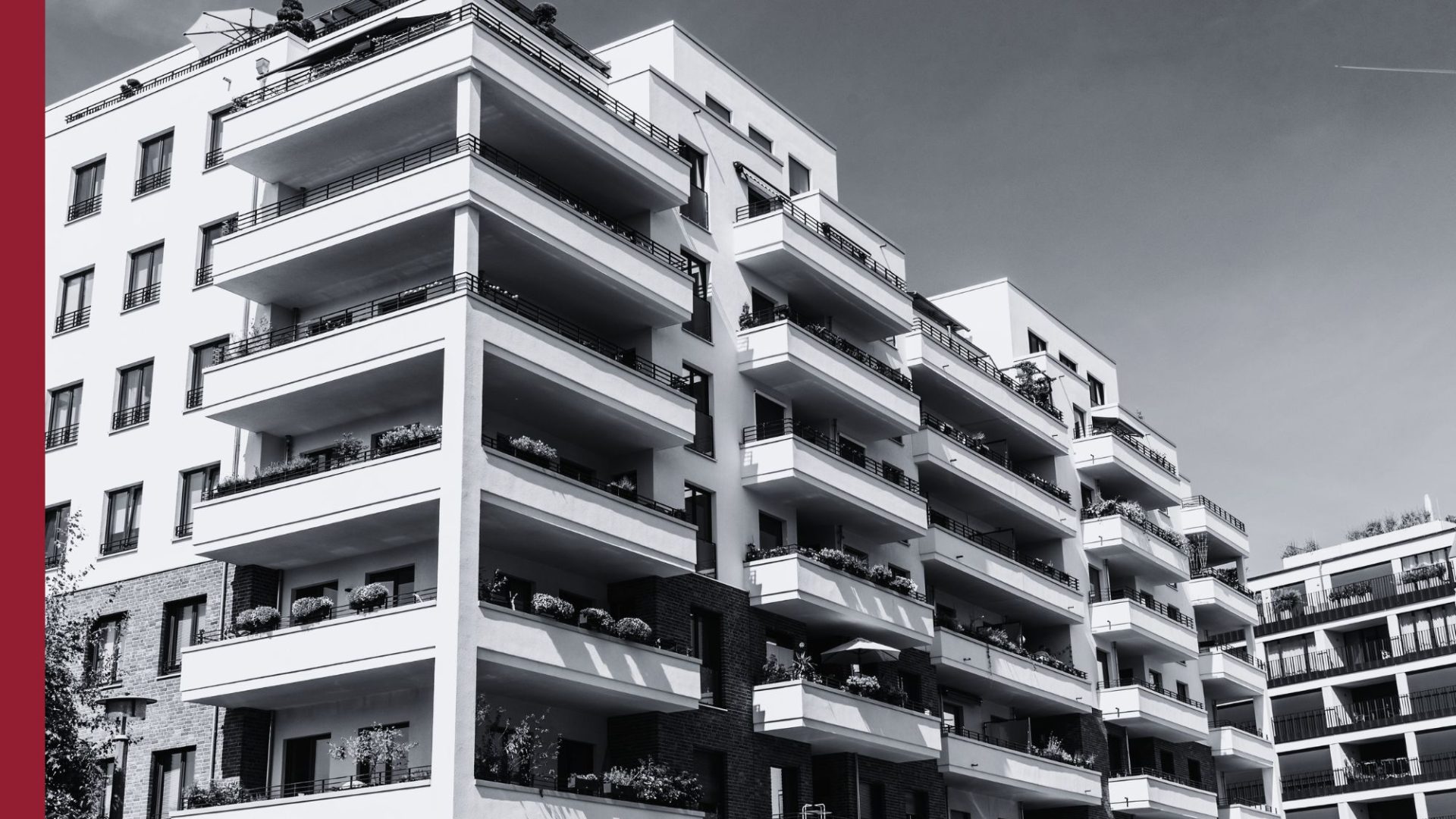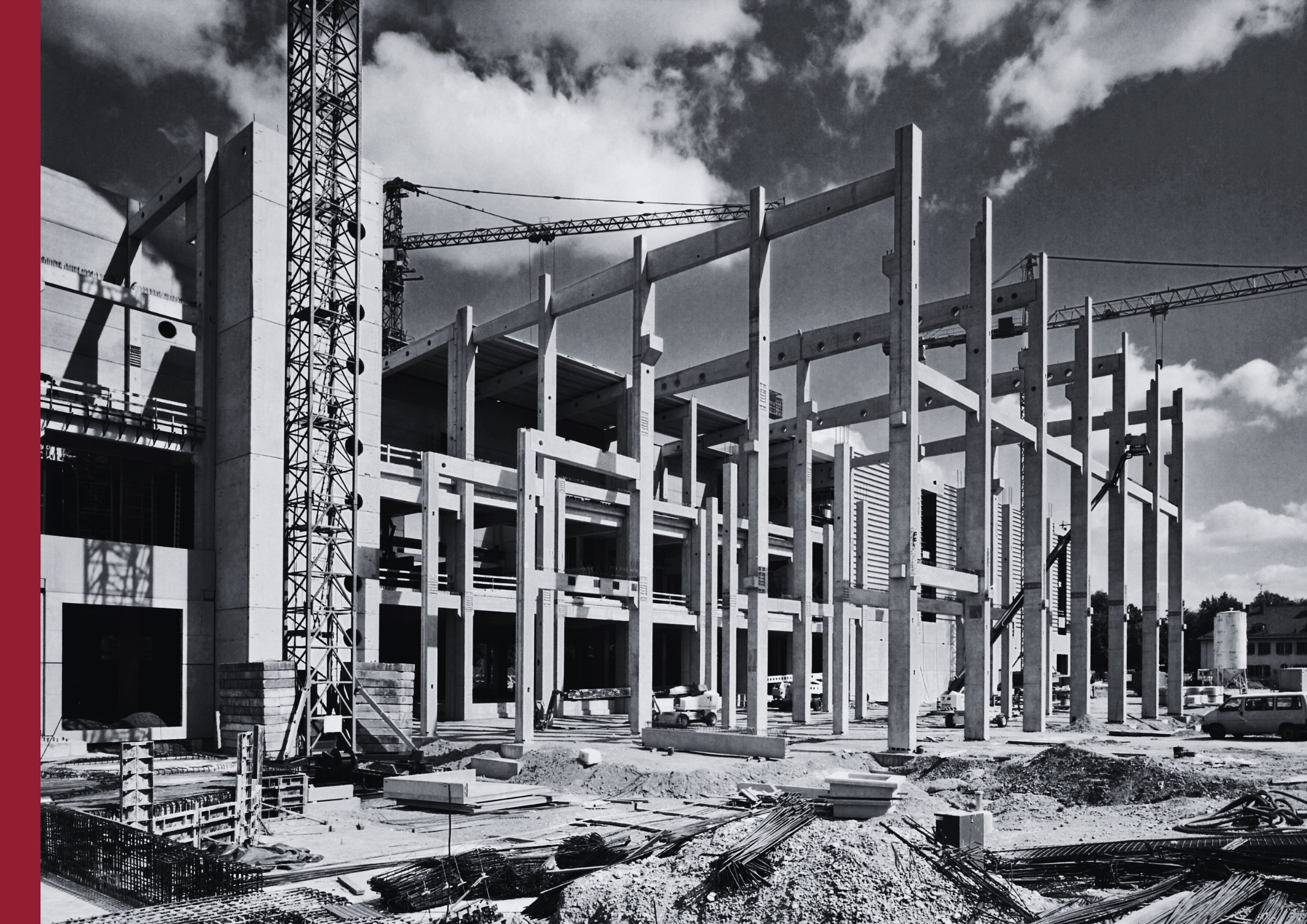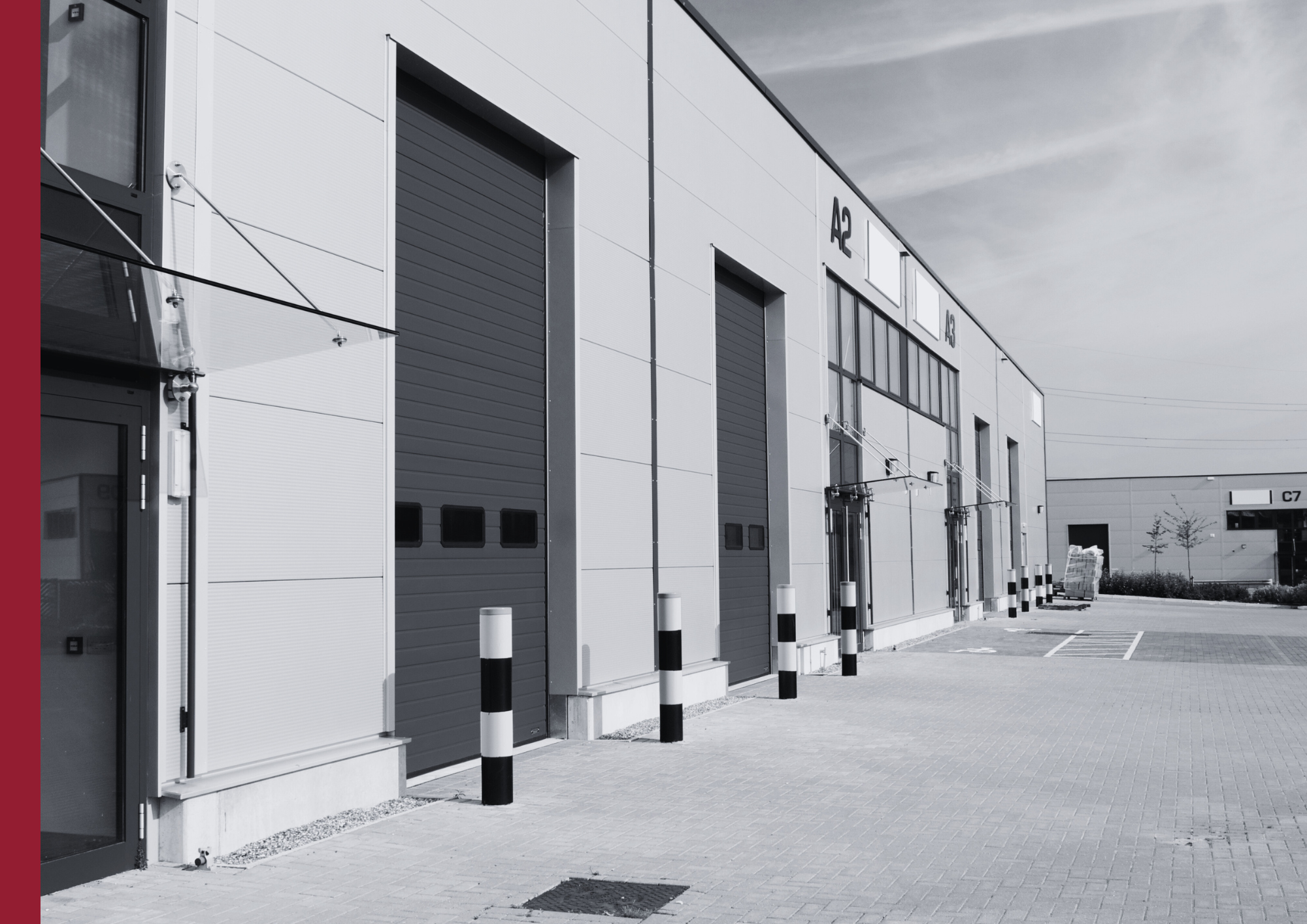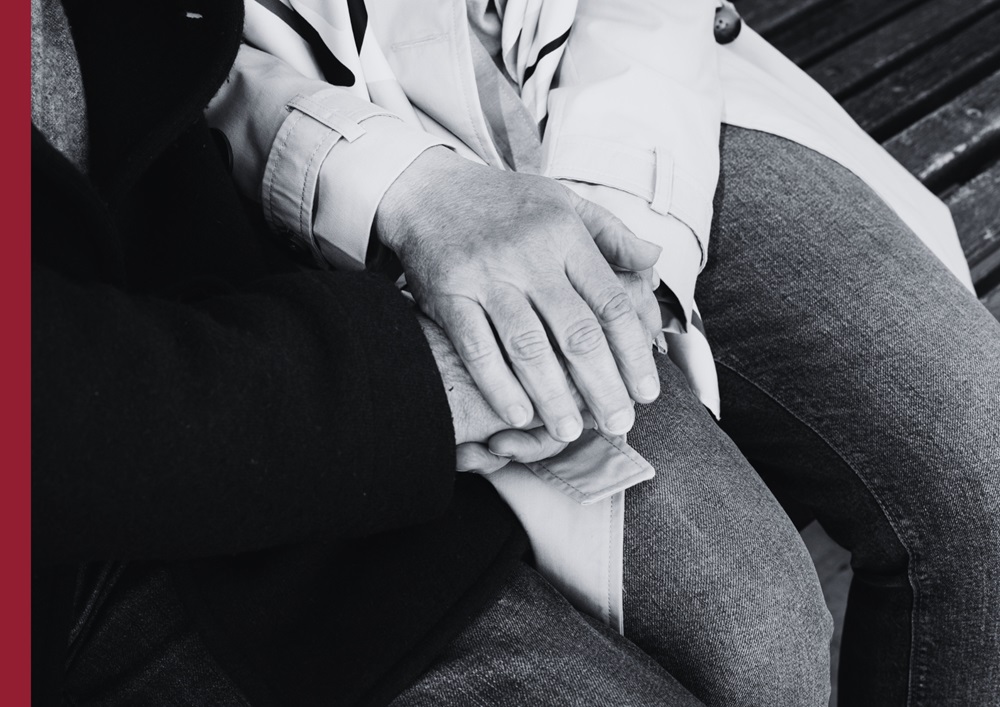When planning to build a house, specifically for residential use, it is necessary to obtain many permits and go through numerous processes. A ten-year damage insurance is required as part of the documentation to ensure the protection of the building in case defects or hidden flaws related to its construction arise.
In this way, both the company and the future residents can be assured that, if any unforeseen event occurs that is beyond their control, it will be covered. Today, we will explore why it is important to have this protection and what it can offer us.
What does ten-year damage insurance consist of?
Ten-year damage insurance is a mandatory policy in Spain for the construction of buildings intended for residential use. It covers damages that may arise in the property due to defects or hidden flaws affecting its main structure, meaning issues that could compromise the building’s stability and safety, such as failures in the foundations, beams, pillars, or load-bearing walls.
The main characteristics of this policy are as follows:
Coverage for structural damages
The insurance covers material damages that affect the stability of the building and may be caused by construction defects, such as subsidence, significant cracks, or fissures.
Mandatory for developers
The Building Order Law (LOE) of 1999 establishes the mandatory nature of this insurance for all developers who construct or renovate buildings for residential use, before handing over the property to a buyer.
Duration of 10 years
The coverage extends from the moment the work is completed until ten years later, providing peace of mind to both buyers and developers.
When is it mandatory?
The ten-year damage insurance has been mandatory in Spain since the Building Order Law (LOE) of 1999 for certain buildings. These specific cases are:
Residential buildings
It is required for buildings intended for residential use, both for new construction and for renovation works that affect the building’s structure. The obligation falls on the developer, who must contract the ten-year damage insurance before the completion and handover of the construction to the buyers.
Renovation works that affect the structure
It not only applies to new constructions but also to major renovations and refurbishments that affect the building’s structure, such as the renewal of foundations, load-bearing walls, floors, or any element essential for the stability of the property.
Procedures for the sale of properties
In practice, the ten-year damage insurance is essential if the developer wants to sell the properties built within 10 years after the completion of the work. Property registries and notaries typically require the developer to provide the ten-year insurance policy in order to proceed with the registration and sale of the properties, ensuring protection for the buyers against potential structural defects.
The goal is always to protect the homebuyer from potential defects that may affect the property’s structure during the 10 years following the completion of the work. At the same time, it also provides financial backing for developers, as it prevents them from having to personally bear the cost of repairs (if needed).
What does ten-year damage insurance cover?
The ten-year damage insurance mainly covers material damages from defects or flaws in construction that affect the building’s structure and/or compromise its stability. As its name suggests, this protection lasts for 10 years from the date of completion of the work. Here are the elements that it would cover in case they arise:
Structural damages
It covers damages to the foundations, pillars, beams, floors, load-bearing walls, and any other structural elements that compromise the building’s strength and stability. If, due to construction defects, the load-bearing structures sink, the insurance would also cover the repair costs.
Defects that compromise stability
The insurance would also cover damages resulting from hidden defects that may cause long-term issues, such as significant cracks appearing in load-bearing elements. Cracks are another element that would be protected, especially if they are severe and located in load-bearing walls that compromise the building’s safety and were not detected at the time of the property handover.
Elements that affect habitability (in some cases)
Although the ten-year damage insurance mainly focuses on structural elements, some contracts may include additional coverage that extends to damages affecting the building’s habitability. Two examples of this extra clause would be issues with waterproofing on roofs or leaks that may impact the integrity of the property.
What does this insurance not cover?
Now that we know what it covers, it is also important to understand when we cannot rely on the ten-year damage insurance:
Non-structural damages
The insurance does not cover issues that do not affect the building’s structural stability, such as superficial cracks, painting problems, or finishes. The key is that these examples do not compromise the safety of the property.
Lack of maintenance
If the damages occur due to the lack of proper maintenance by the owner, such as the deterioration of installations or building elements, they will not be covered.
Unauthorised works
Damages resulting from renovations or modifications made without the proper authorization or that do not comply with current regulations will not be covered by this insurance.
External factors
Any external event, such as floods, earthquakes, or extreme weather conditions, unless specific additional coverage for these risks has been contracted, will not be covered by the insurance. The same applies to damages caused by third parties or vandalism that are not related to the original construction.
Installations and equipment
Additional equipment or installations that are not part of the original building design, such as air conditioning systems or electrical installations that are not properly installed, may not be covered.
Damages caused by improper use
If the damages are due to improper or negligent use of the property, the insurance will not assume responsibility.
What are the differences between ten-year damage insurance and all-risk construction insurance?
One of the most common questions we receive at our offices is the difference between ten-year damage insurance and all-risk insurance. The terms may seem to refer to the same type of protection, but they actually represent two different types of policies that address different aspects of a construction project. Let’s compare them by categories:
Purpose of the insurance
In this regard, the purpose of the ten-year damage insurance is to guarantee the stability and structural safety of the building once the construction has been completed and handed over.
All-risk construction insurance aims to protect the actual execution of the project during the period when the building is under construction, before the property is handed over. It covers material damages and accidents that may occur during construction and protects both the developer and the builder during the project’s development.
Duration of coverage
The focus of today’s article, the ten-year damage insurance, covers structural damages for 10 years from the completion date of the work. This coverage comes into effect once the construction is finished and handed over.
All-risk construction insurance covers risks during the duration of the construction, from the start of the project until it is handed over or considered complete. The duration depends on how long the project takes to finish and typically ends when the certificate of completion is obtained.
Obligation
The first is mandatory in Spain for developers of residential buildings. The Building Order Law (LOE) requires its contracting to ensure the structural stability of the homes.
The second is not mandatory by law, but it is often recommended and, in many cases, contracted by developers and builders to protect against risks during the construction phase. It can sometimes be a requirement of the financial institutions financing the project.
Types of damages covered
The ten-year damage insurance focuses exclusively on hidden defects or flaws that compromise the building’s structural stability (such as subsidence, significant cracks, etc.). All-risk construction insurance, as its name suggests, covers material damages and accidents that affect both the construction and the building materials during the construction phase, as well as potential damages to third parties (such as neighbors or pedestrians) that may occur during the project’s development.
Are you still unsure?
If you want to learn more about both types of insurance or need advice, at Ambler we can help you with any questions. We have been providing comprehensive advice to individuals and businesses since 1991, helping them manage risk.
We are proud to find the ideal solution for each client in every project. We would never contract an insurance policy or accept a clause that we wouldn’t choose for ourselves or our own company. With this simple approach, our clients trust our team. Would you like us to start working together? Simply get in touch with us, and we can help you find solutions that work specifically for you.





